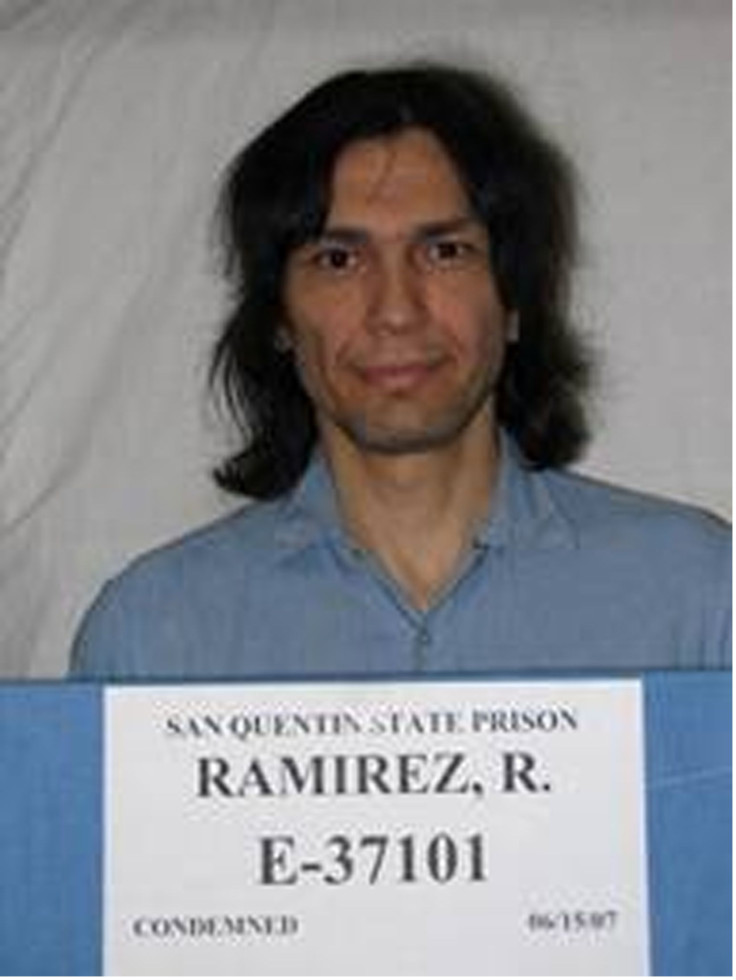Richard Ramirez Dies: Cause Of Death Ruled As Cancer Of Lymphatic System [PHOTO]

For the last 24 years, convicted serial killer Richard Ramirez had been awaiting his execution on death row at California's San Quentin State Prison. But while Ramirez was scheduled to die in a gas chamber, the man known as the “Night Stalker” died June 7 at Marin General Hospital of complications from a form of cancer. He was 53 years old.
According to the Marin County coroner's office, B-cell lymphoma, a cancer of the lymphatic system, killed the man who terrorized Southern California in 1984 and 1985. In addition, it listed other "significant conditions" including chronic substance abuse and hepatitis C, which is often spread by the use of intravenous drugs.
Lt. Keith Boyd, assistant chief deputy coroner, told reporters that the drug abuse predated Ramirez's time in prison.
"That's chronic drug use prior to incarceration," he said. "There's nothing to support any kind of drug use while incarcerated." The drug use was the likely cause of the hepatitis C infection that probably lingered in Ramirez's system for a quarter-century before eventually destroying his liver, Boyd said.
Before his capture in 1985, Ramirez was nicknamed the “Night Stalker” by the media because he had a reputation for entering homes through unlocked windows and doors. He then killed his victims with a gun or knife, burglarized the homes and sexually assaulted his female victims.
On Sept. 20, 1989, after one of the most difficult and longest criminal trials in American history, Ramirez was found guilty of 13 counts of murder, five attempted murders, 11 sexual assaults and 14 burglaries.
Ramirez was expected to be in his early 70s before he was executed, due to the lengthy California appeals process.
© Copyright IBTimes 2025. All rights reserved.






















